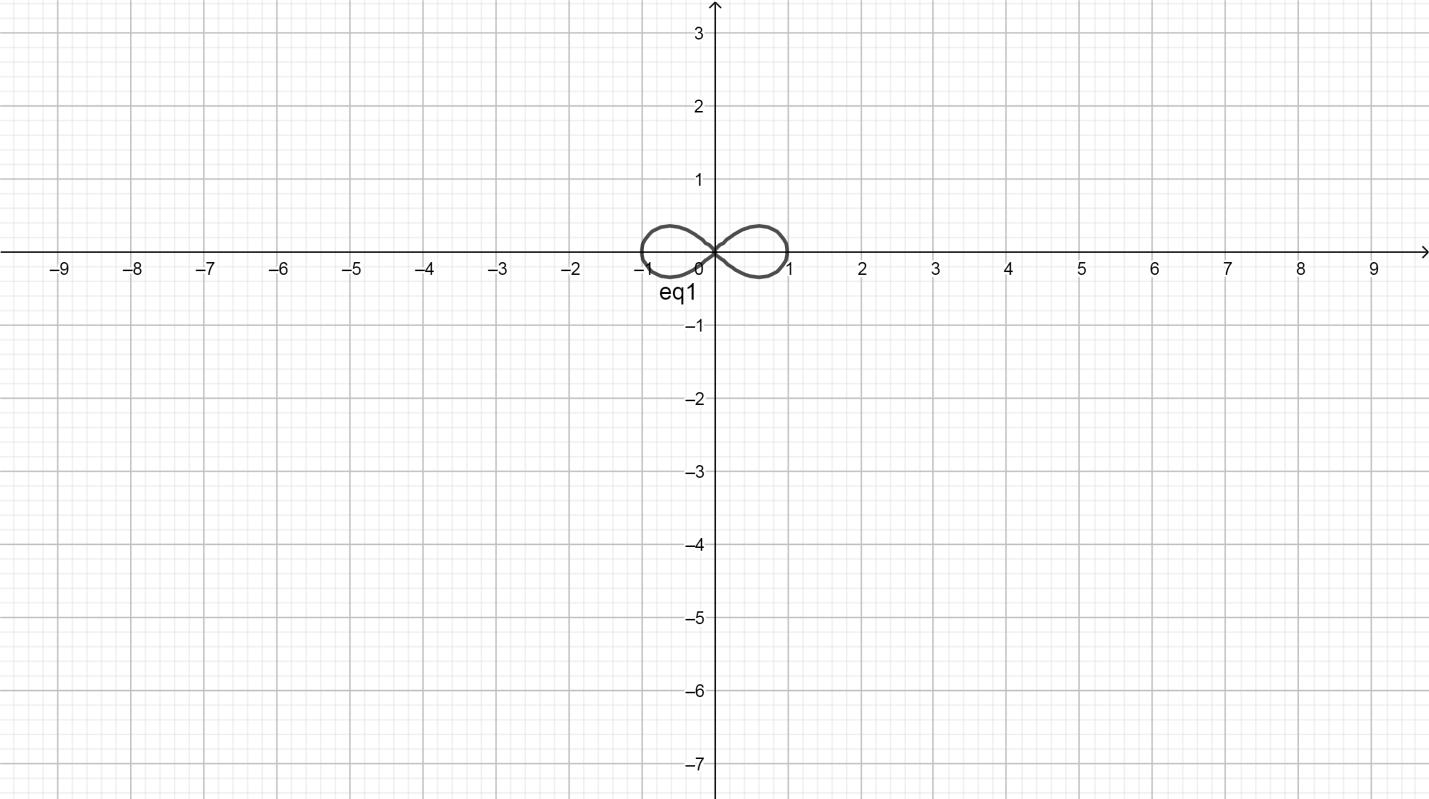
How do you graph
Answer
464.4k+ views
Hint: In this question we have to find the graph given polar form. Next, we use some interval and then simplify to arrive at our final answer. Next we draw graphs in the given polar function complete step by step solution.The trigonometric functions (also called circular functions, angle functions or goniometric functions) are real functions which relate an angle of a right-angled triangle to ratios of two side lengths.
The polar form of a complex number is another way to represent a complex number. The form
Complete step by step answer:
Given:
The problem with this particular equation is that
(a) it’s only defined for
It’s not defined for
Which means that incrementing by
So what you need to do is recall that you know, from basic trig, the values of
Thus, you can plot
We called lemniscate, the graph looks like, symmetrical about the initial line

This is the required graph.
Note: We have to remainder that,
To get the area, you need to do an integral. Another answer suggested the integration formula
The formula in rectangular coordinates is
So the general formula for the area in polar coordinates is
It’s relatively simple, but we watch out for all the factors of 2 and
The polar form of a complex number is another way to represent a complex number. The form
Complete step by step answer:
Given:
The problem with this particular equation is that
(a) it’s only defined for
It’s not defined for
Which means that incrementing by
So what you need to do is recall that you know, from basic trig, the values of
Thus, you can plot
We called lemniscate, the graph looks like, symmetrical about the initial line

This is the required graph.
Note: We have to remainder that,
To get the area, you need to do an integral. Another answer suggested the integration formula
The formula in rectangular coordinates is
So the general formula for the area in polar coordinates is
It’s relatively simple, but we watch out for all the factors of 2 and
Recently Updated Pages
Master Class 11 Economics: Engaging Questions & Answers for Success

Master Class 11 Business Studies: Engaging Questions & Answers for Success

Master Class 11 Accountancy: Engaging Questions & Answers for Success

Master Class 11 English: Engaging Questions & Answers for Success

Master Class 11 Computer Science: Engaging Questions & Answers for Success

Master Class 11 Maths: Engaging Questions & Answers for Success

Trending doubts
State and prove Bernoullis theorem class 11 physics CBSE

What are Quantum numbers Explain the quantum number class 11 chemistry CBSE

Write the differences between monocot plants and dicot class 11 biology CBSE

Who built the Grand Trunk Road AChandragupta Maurya class 11 social science CBSE

1 ton equals to A 100 kg B 1000 kg C 10 kg D 10000 class 11 physics CBSE

State the laws of reflection of light




